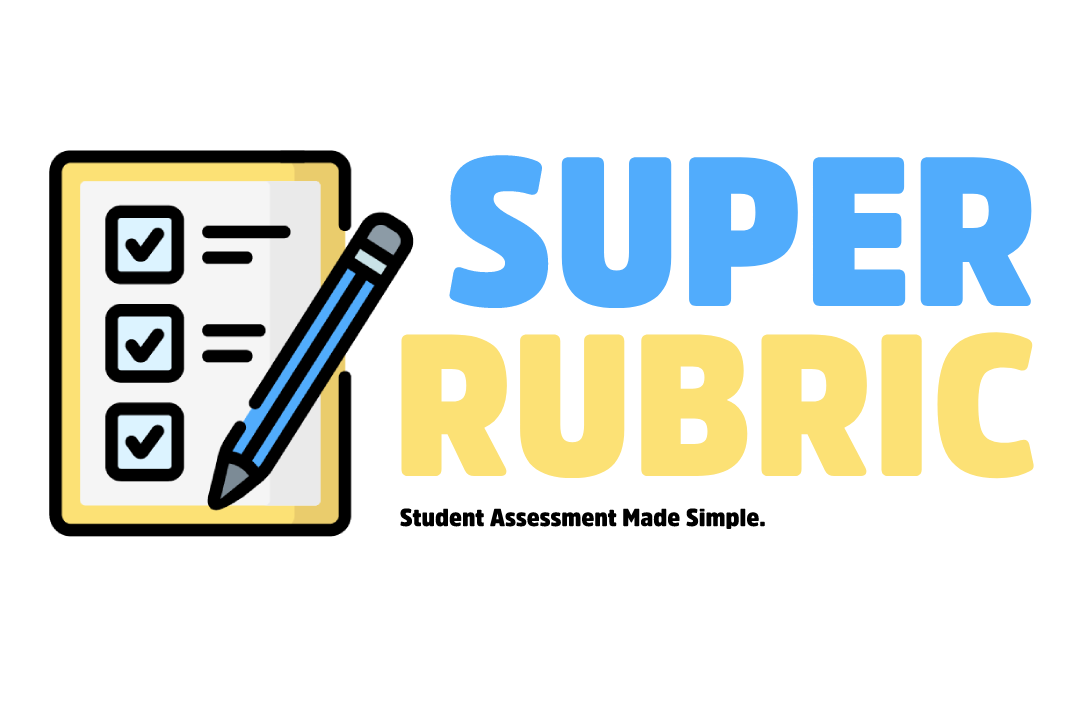When it comes to evaluating student performance, teachers are always on the lookout for effective assessment tools like a rubric maker, test, or assignments. That’s where analytic and holistic rubrics come into play.
In this blog post, we’ll dive into the strengths of analytic rubrics, especially when paired with a handy rubric maker. By comparing the two approaches, we’ll explore how analytic rubrics provide comprehensive insights, support student growth, and contribute to achieving educational goals.
Analytic Rubrics: A Comprehensive Assessment Tool
 Let’s talk about analytic rubrics first. These rubrics are known for breaking down performance criteria into different aspects. They assess everything from content knowledge and organization to creativity and critical thinking skills.
Let’s talk about analytic rubrics first. These rubrics are known for breaking down performance criteria into different aspects. They assess everything from content knowledge and organization to creativity and critical thinking skills.
Unlike holistic rubrics that give a single overall score, analytic rubrics use multiple criteria to evaluate different dimensions of student performance.
This approach ensures a thorough assessment, allowing teachers to provide targeted feedback and identify specific areas where students excel or need improvement.
Using a Rubric Maker for Effective Assessment
Now, here’s where the rubric maker comes in. A rubric maker like SUPERUBRIC.COM is an awesome online tool that lets teachers create customized rubrics. It’s super convenient! You can specify criteria, descriptors, and performance levels without all the hassle. With a rubric maker, you can design analytic rubrics that align perfectly with your learning objectives. It saves you time and effort during the evaluation process. Trust me, it’s a game-changer!
Supporting Student Growth and Learning Outcomes
Now, let’s talk about how analytic rubrics, when combined with a rubric maker, support student growth.
Analytic rubrics provide targeted feedback and guidance for improvement. By using specific criteria and descriptors, teachers can pinpoint exactly where students excel and where they need some work. This feedback-oriented approach helps students understand their strengths and weaknesses, fostering a growth mindset and active participation in the learning process. This is something we talked about in a previous post!
And guess what? The rubric maker makes it even easier! By customizing your rubrics with a rubric maker, you establish clear expectations for your students. Transparency is key to creating a positive learning environment. Plus, you can adapt the rubrics to fit different assignments and educational levels. That way, your assessments stay relevant, specific, and fair, which is a win-win for everyone involved.
Establishing Optimal Education Outcomes
Okay – time to talk big picture. Education is all about holistic development, right? Well, analytic rubrics have got your back.
By evaluating content knowledge, critical thinking, creativity, and organization, these rubrics offer a well-rounded assessment that reflects the complexity of learning. They cover all the bases!
And the rubric maker? It’s not just about making your life easier. The data generated by analytic rubrics, with the help of a rubric maker, can be analyzed to spot trends and patterns in student performance. That’s powerful! With this information, your school can make informed decisions about curriculum design, instructional strategies, and resource allocation. So, the use of analytic rubrics and a rubric maker contributes to achieving optimal education outcomes, both for individual students and the school as a whole.
Conclusion: What’s Best?
In a nutshell, analytic rubrics, when used in conjunction with a rubric maker, provide a comprehensive assessment tool that supports student growth and helps achieve educational goals.
By breaking down performance criteria, making evaluation more efficient, providing targeted feedback, and promoting holistic development, analytic rubrics give educators a valuable resource. So, go ahead and embrace the power of analytic rubrics and the convenience of a rubric maker. It’s a winning combination for effective assessment and better education outcomes!








You must log in to post a comment.